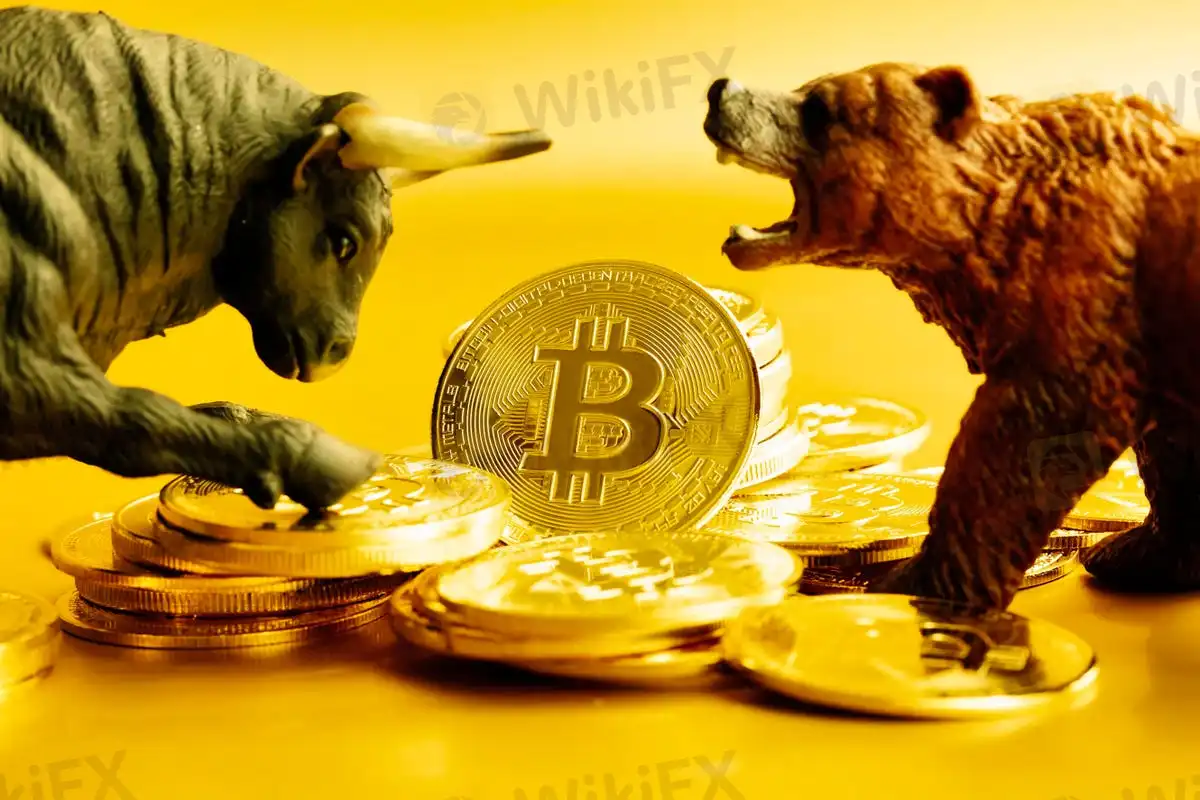简体中文
繁體中文
English
Pусский
日本語
ภาษาไทย
Tiếng Việt
Bahasa Indonesia
Español
हिन्दी
Filippiiniläinen
Français
Deutsch
Português
Türkçe
한국어
العربية
The Price Alarm Is Lit by The Momentum Gauge as Bitcoin Keeps Falling
Abstract:Due to a period of risk aversion in global markets brought on by concerns over the Federal Reserve's tightening monetary policy, Bitcoin managed to avoid a 9% decline over the previous four days.
At 7:40 a.m. on Monday in London, the biggest cryptocurrency was barely changed at $21,330. Smaller coins like Avalanche and Cardano retreated, as did ether.

Because of the Fed's intention to continue rising interest rates and draining liquidity, confidence in the global equities recovery from June's bear-market lows is beginning to wane. Due to the negative performance of US equities futures on Monday, the pressure on cryptocurrency remained high.
According to Jamie Douglas Coutts, senior market structure analyst at Bloomberg Intelligence, Bitcoin's fortunes “remain to be tied to the wagon of other long-duration growth assets such as technology equities, at least in the short to medium term.”
The moving average convergence divergence (MACD), an indicator, also flashed a red alert. Some technical experts view the MACD's bearish shift as a hint that pressure may continue to build on Bitcoin.
Disclaimer:
The views in this article only represent the author's personal views, and do not constitute investment advice on this platform. This platform does not guarantee the accuracy, completeness and timeliness of the information in the article, and will not be liable for any loss caused by the use of or reliance on the information in the article.
Read more

The Daily Habits of a Profitable Trader
Every professional trader follows a structured approach to ensure they are well-prepared, disciplined, and able to seize opportunities with confidence. Whether you are a seasoned investor or an aspiring trader, adhering to a robust daily checklist can significantly enhance your performance. Use this checklist to check if you are a qualified trader

TradingView Brings Live Market Charts to Telegram Users with New Mini App
TradingView has launched a mini app on Telegram, making it easier for users to track market trends, check price movements, and share charts.

Should You Beware of Forex Trading Gurus?
Know the reality behind forex trading gurus, examining their deceptive tactics, inflated promises, and the risks associated with trusting them for financial advice.

Why More People Are Trading Online Today?
Discover why online trading is booming with tech, AI, and a push for financial freedom. From stocks to crypto, it’s a thrilling hustle for all.
WikiFX Broker
Latest News
The Withdrawal Trap: How Scam Brokers Lure Victims into Paying More
FCA to Investors: Think Twice Before Trusting These Brokers
Trump\s tariffs: How could they affect the UK and your money
Trump gambles it all on global tariffs he\s wanted for decades
TradingView Brings Live Market Charts to Telegram Users with New Mini App
Trump tariffs: How will India navigate a world on the brink of a trade war?
Interactive Brokers Launches Forecast Contracts in Canada for Market Predictions
Authorities Alert: MAS Impersonation Scam Hits Singapore
Stocks fall again as Trump tariff jitters continue
IG Group Acquires Freetrade for £160M to Expand UK Investment Market
Currency Calculator







